Good vs. Bad Plastic - A Closer Look at Plastic Usage
Plastic is an extremely durable good. Some types of plastic can take 1,000 years to decompose in a landfill. That means that every piece of plastic ever produced is still on our planet in one way or another!
Here at PlasticScore, our goal is to reduce the amount of single-use plastic waste generated from restaurants through the power of collective feedback. However, some types of plastic are valuable. We wanted to take a look at plastics and highlight which plastics are "good" and which are "bad.”
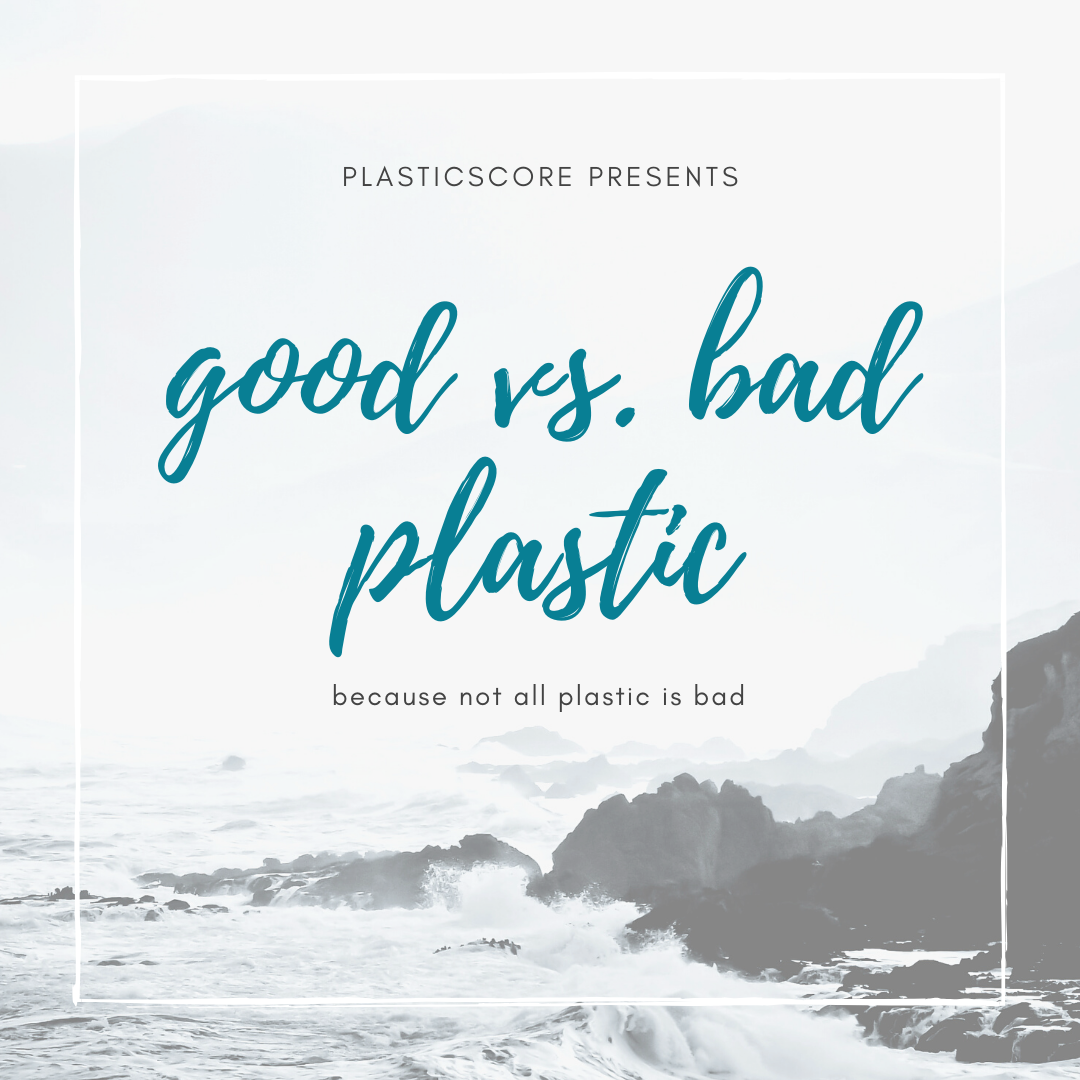
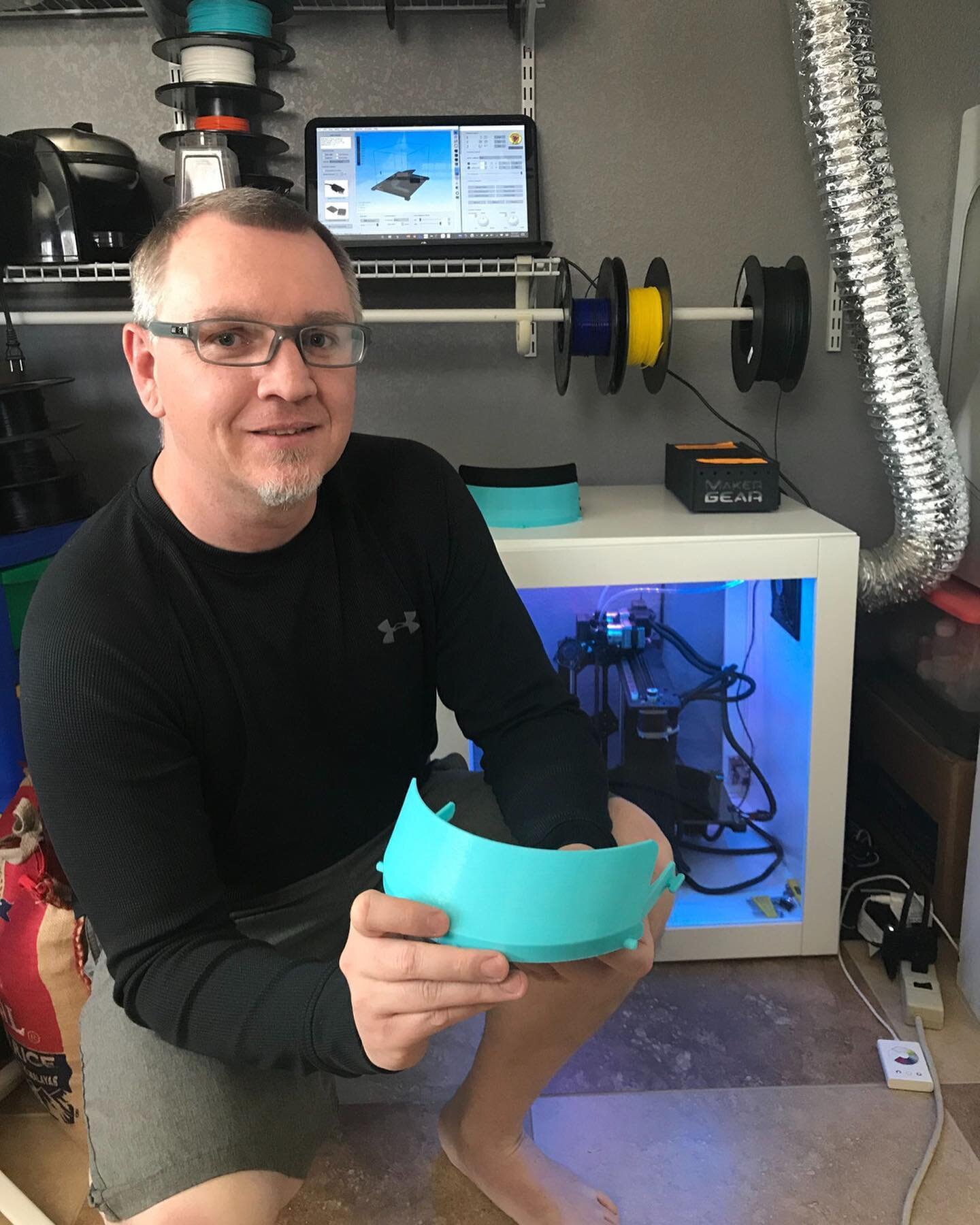
Our COO Paul spent the weekend 3D-printing face shield parts to donate to hospitals in need during COVID-19!
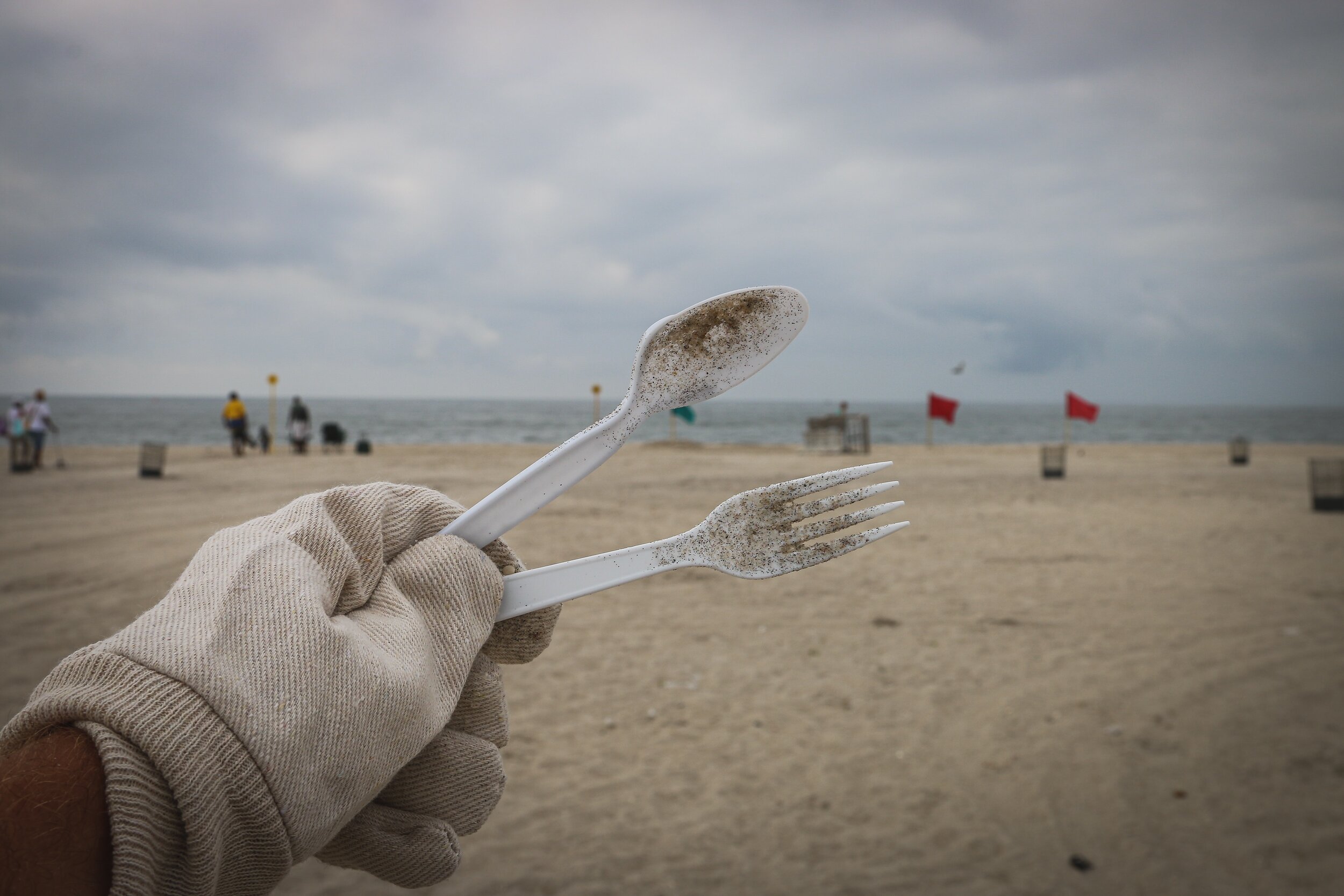
Take-out utensils that get used once & stay in the landfill or environment for 1,000+ years.
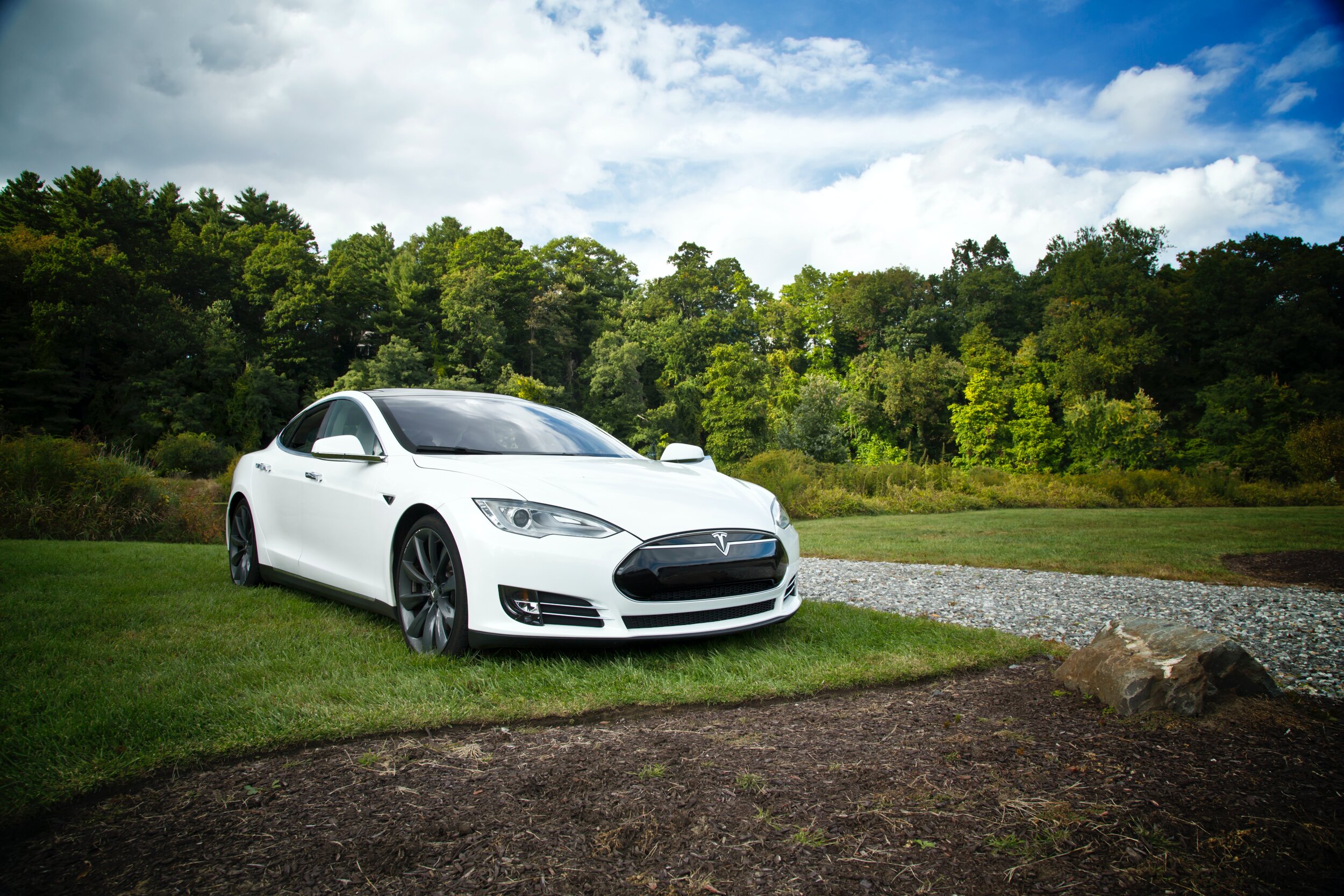
Plastic parts help make cars lighter and more fuel efficient.
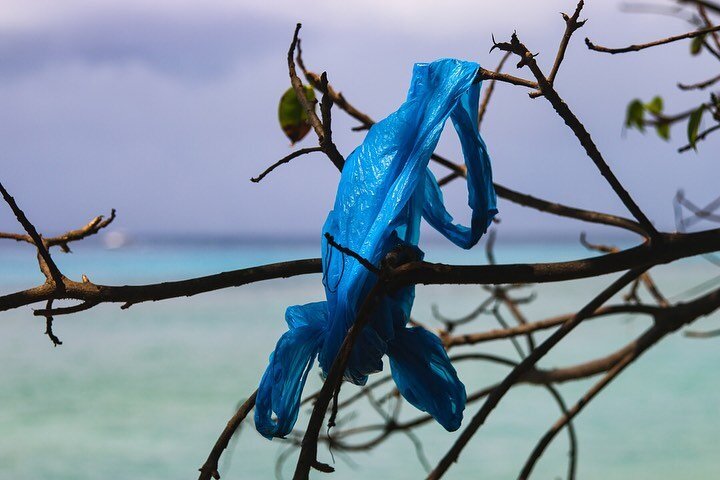
Did you know that plastic bags are used for an average of 12 minutes but stay around for decades, if not longer? Plastic bags can also make their way into beaches and other natural spaces, causing animals to get entangled in these plastic bags, which can lead to death. A tip to reduce the number of plastic bags you use is to bring a small fold-up bag whenever you go shopping, to the mall, or spend a day downtown. That way, if you need a bag for something you bought or to put your takeout food into, you don't have to ask for a plastic bag.
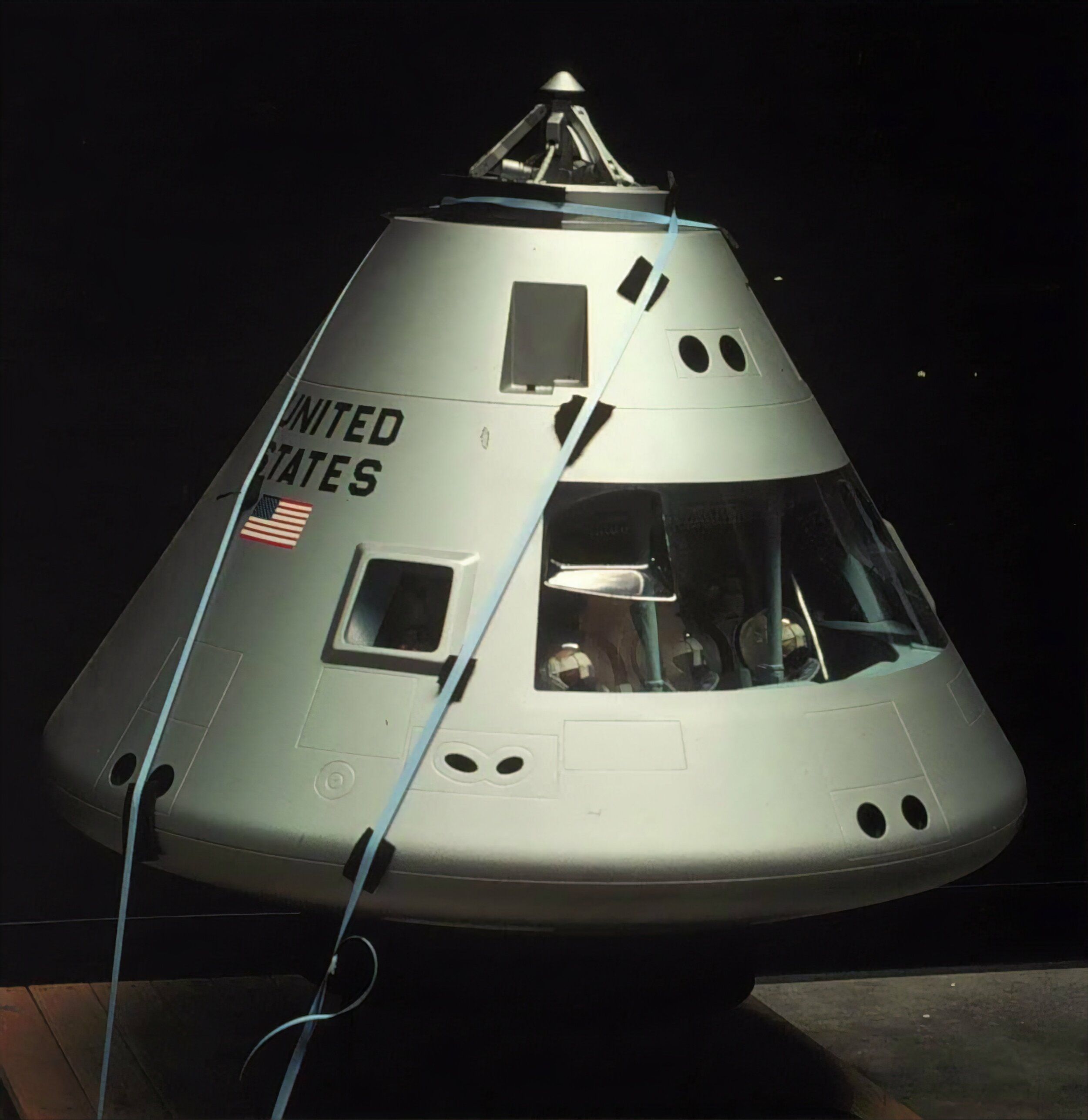
Light and durable plastic parts help spaceships explore the vast reaches of space!
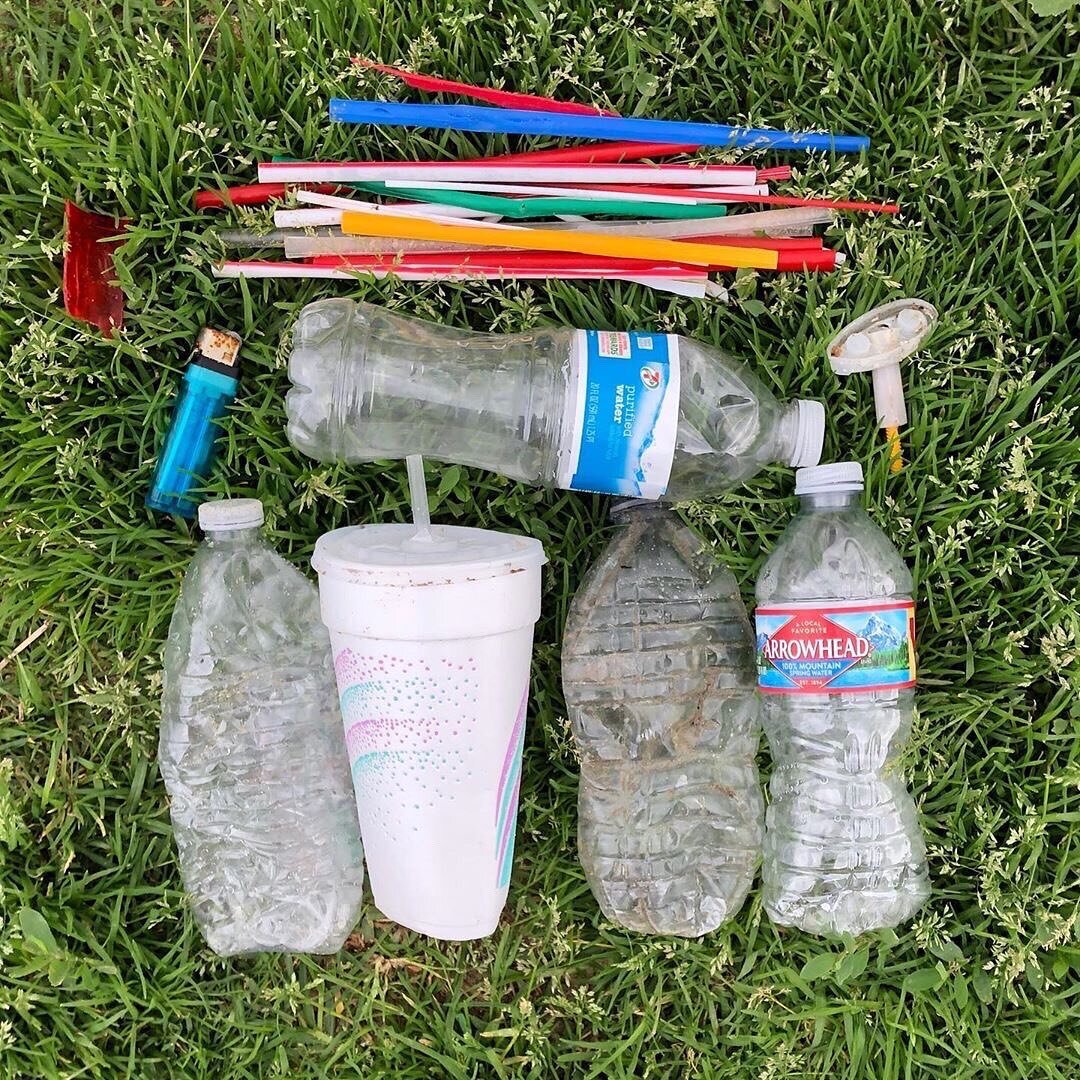
Styrofoam contain styrene, which is “reasonably anticipated to be a human carcinogen,” and small amounts of styrene can be transferred to drinks. Additionally, styrofoam is almost impossible to recycle, meaning it’s bound for the dump or worse...our oceans or natural spaces.
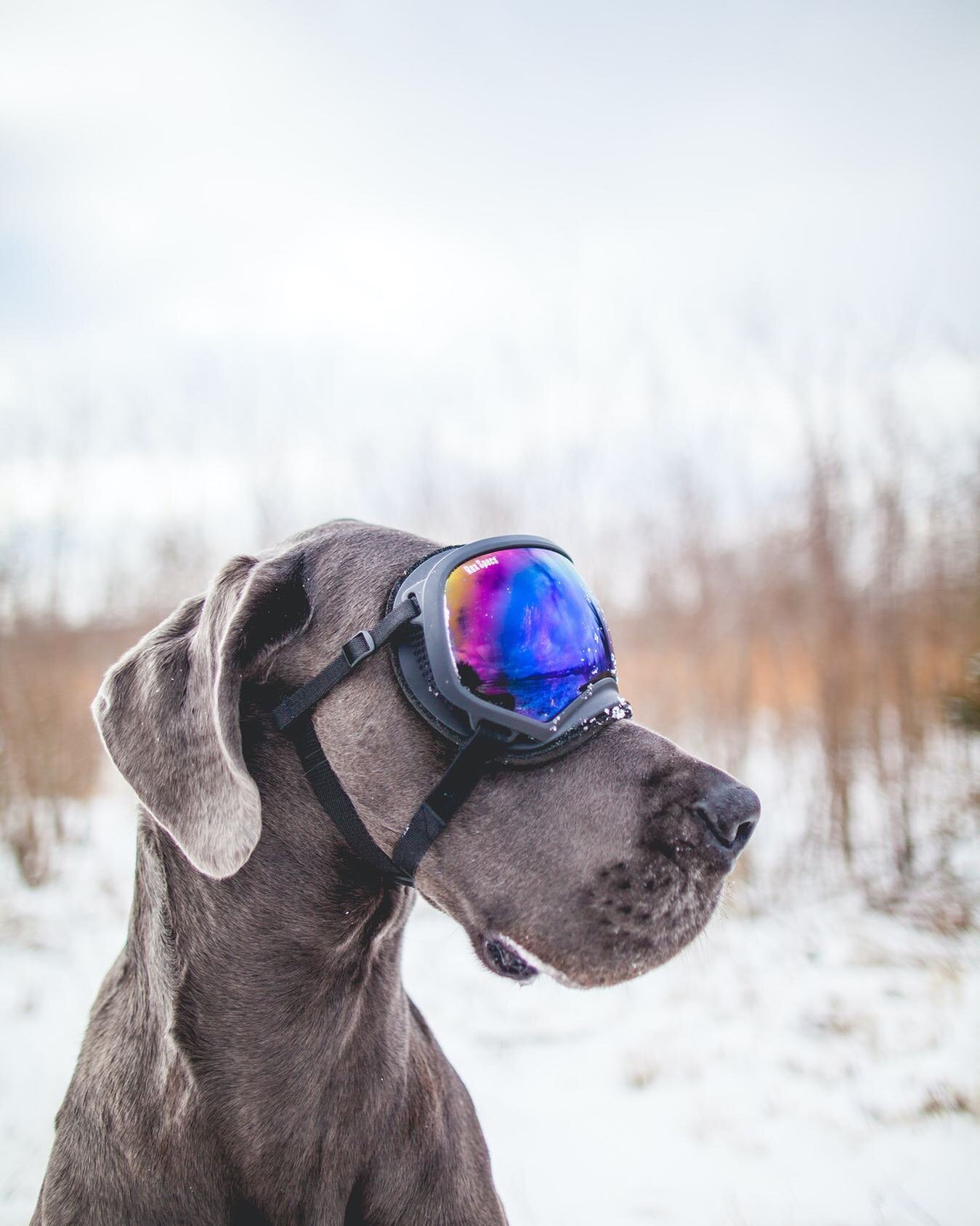
Plastic keeps ski goggles light and durable for many seasons on the slopes.
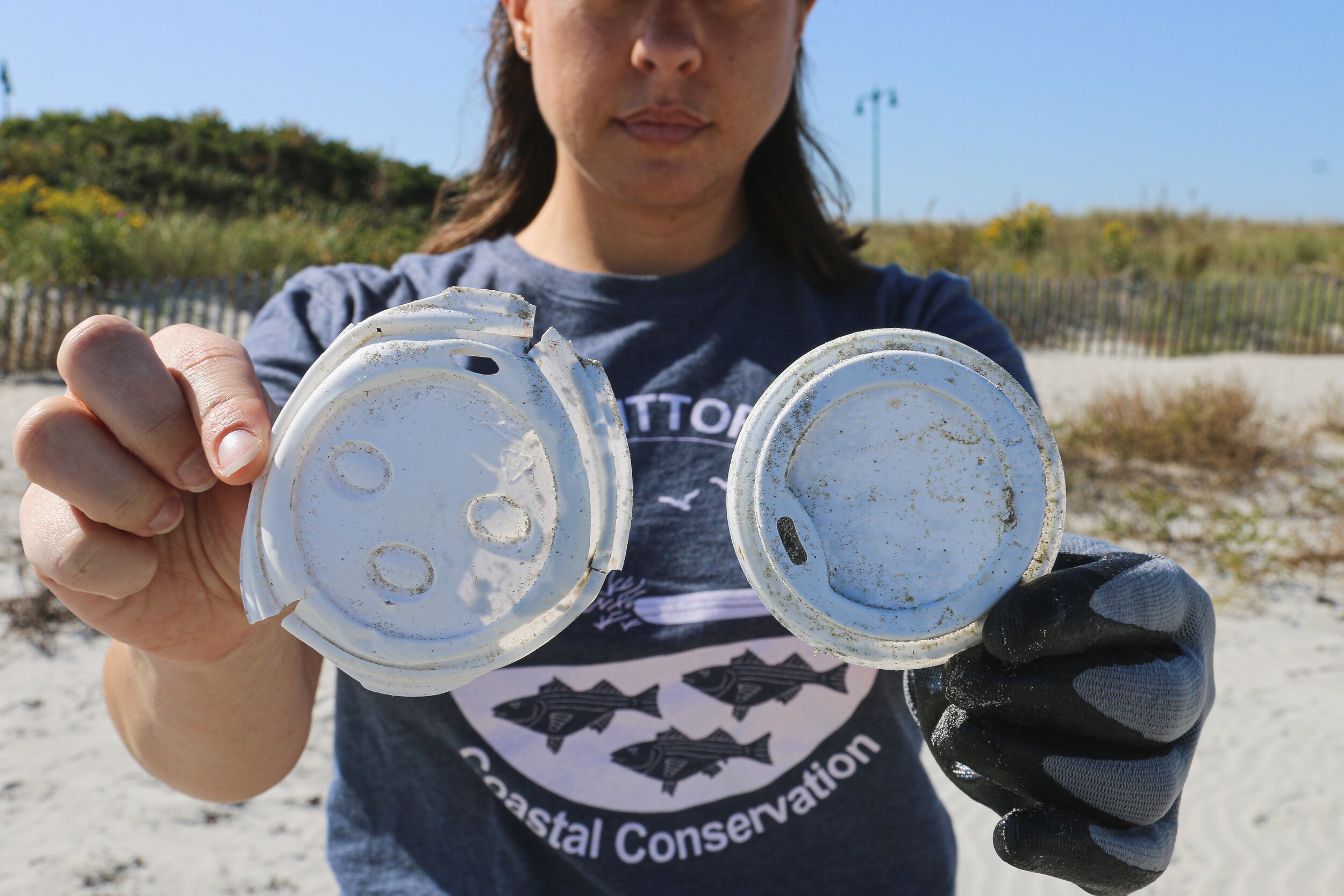
Long-lasting plastic makes coffee cup lids stick around for long after the few minutes they're used for. These can clog waterways and even be ingested by marine animals.
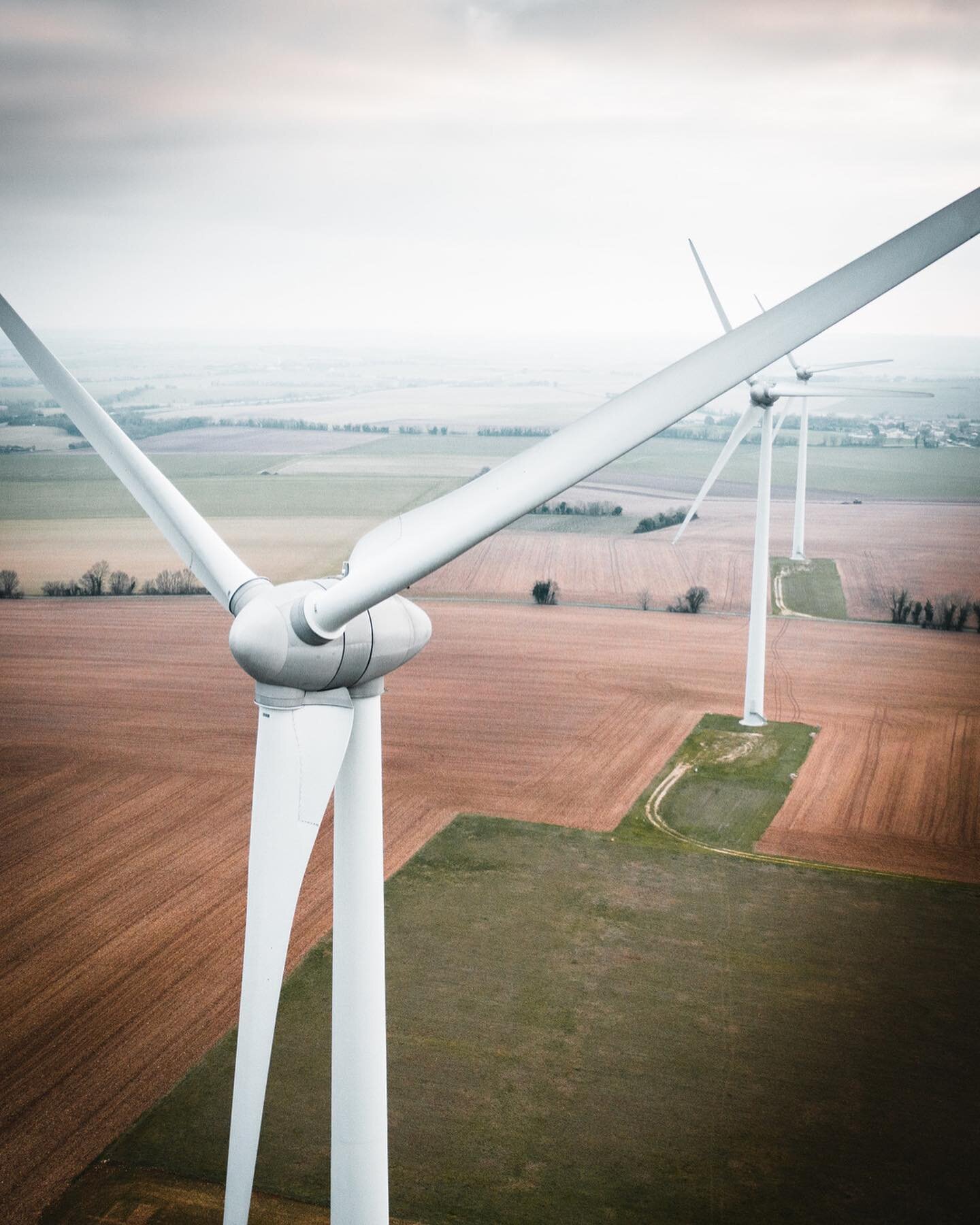
Wind turbines generate clean, renewable energy with the help of plastic parts.
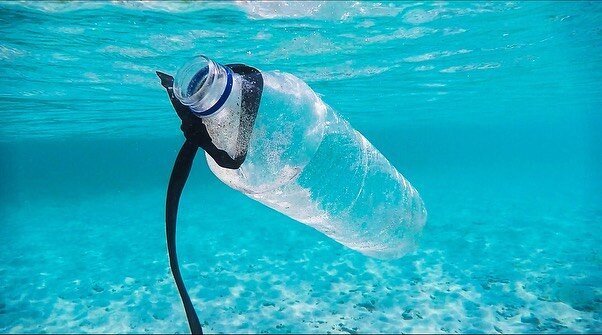
Plastic bottles don't readily degrade, but instead, turn into micro-plastics which contaminate our food and water. Marine animals often mistake these microplastics for food and end up ingesting this plastic. This can lead to death because the fish is "full" of plastic but starves to death because it is lacking in nutrients.
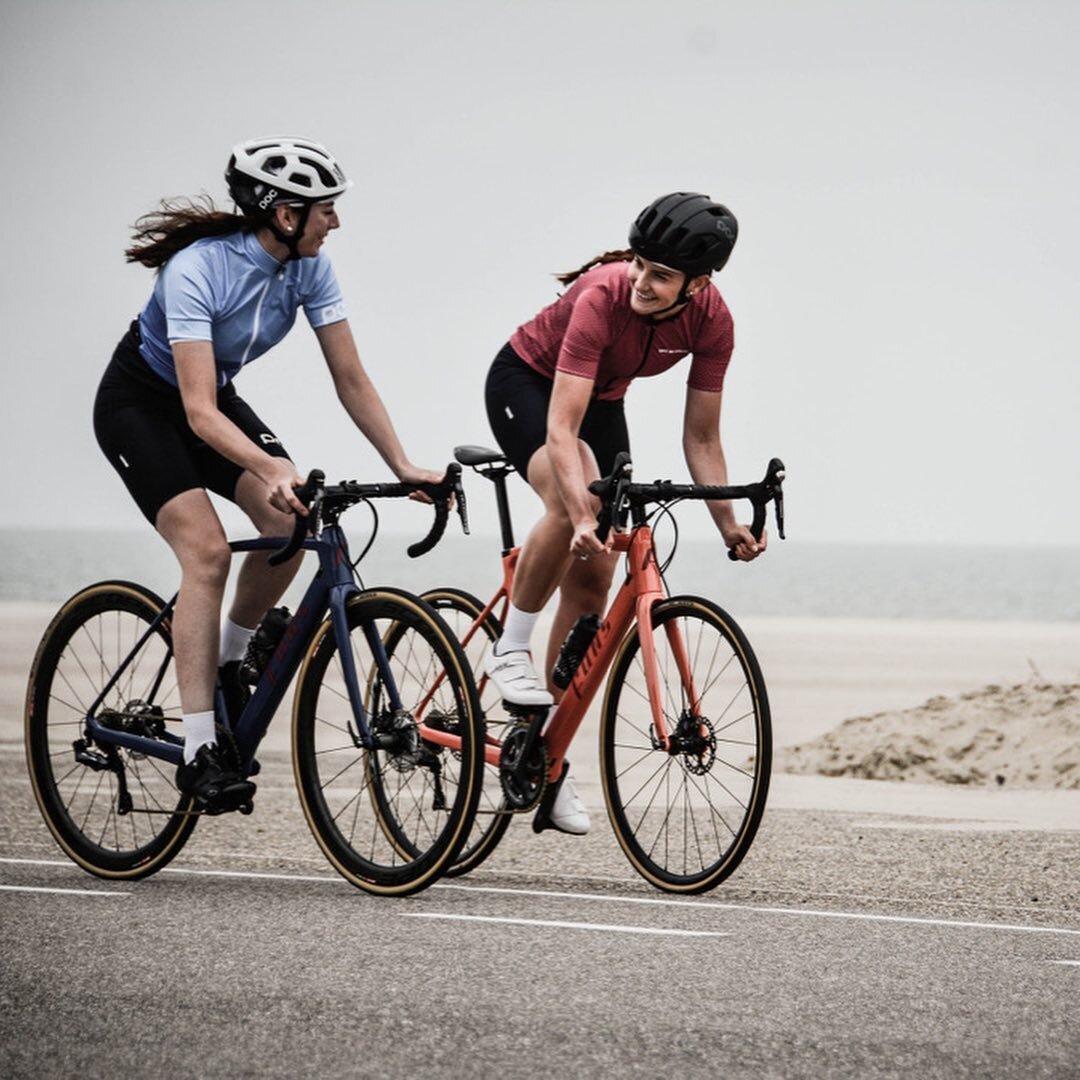
Plastic makes bike helmets light and durable to protect your head in case of an accident or fall!
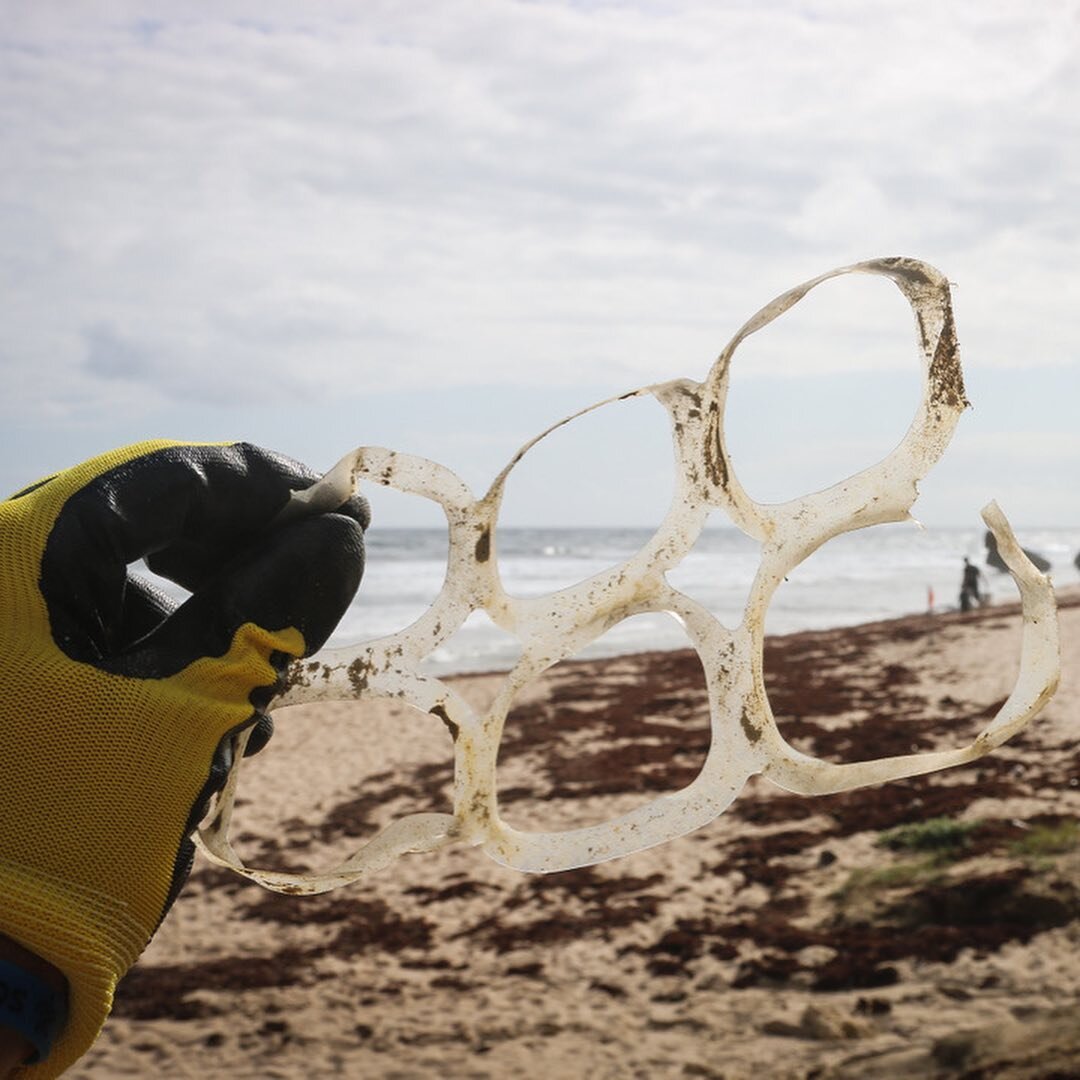
Plastic can rings stick around long after they're used, are nearly invisible in water, and can entangle birds, fish, and other wildlife. Sustainability tip: If you do purchase a pack of drinks that have plastic rings, be sure to cut all of the rings open so that animals don’t get caught within these rings.
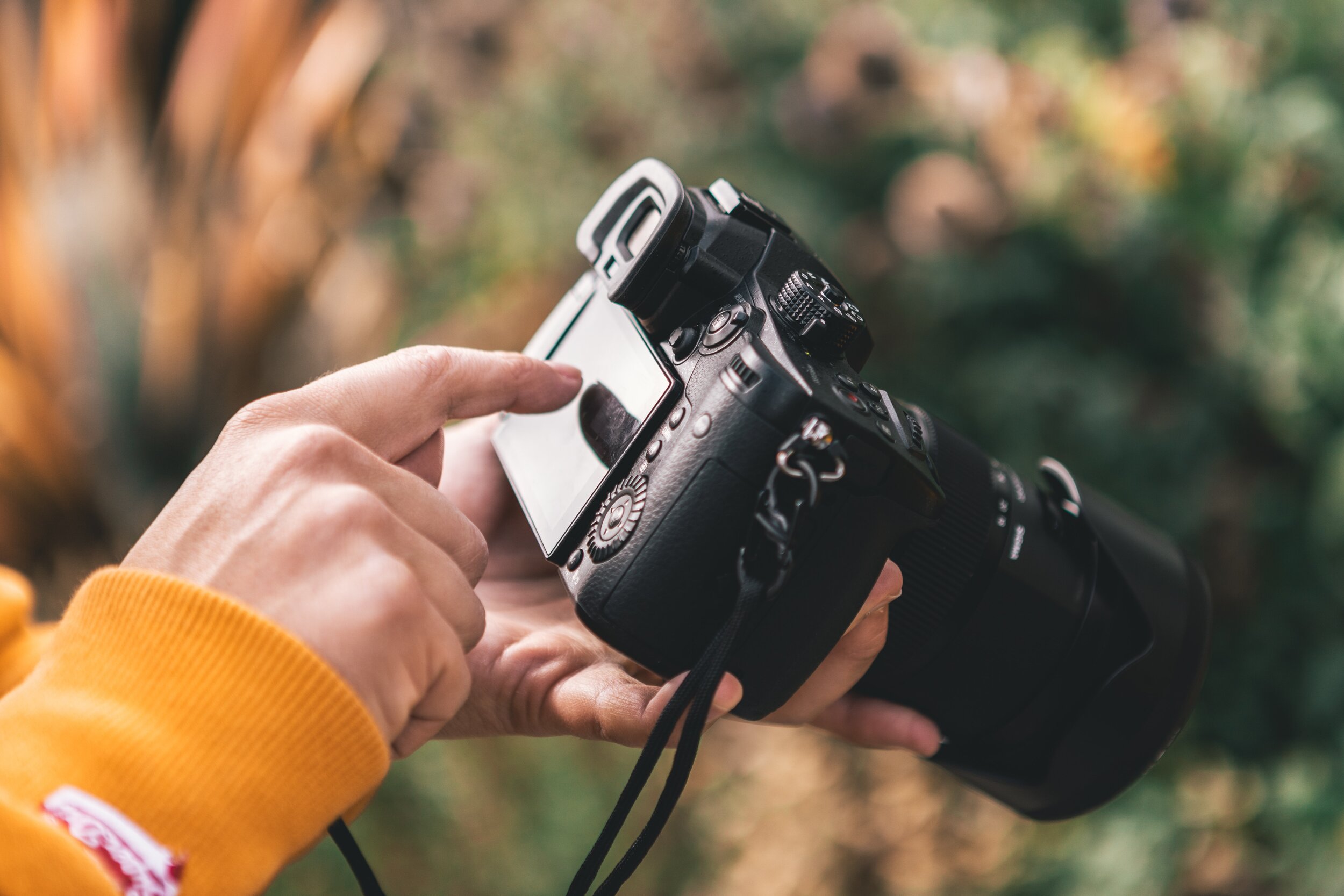
Durable plastic keeps cameras taking picture after picture. Photos like this one of plastic floating in the ocean can also help encourage more people to reduce their use of plastic, creating a less "trashy" world.
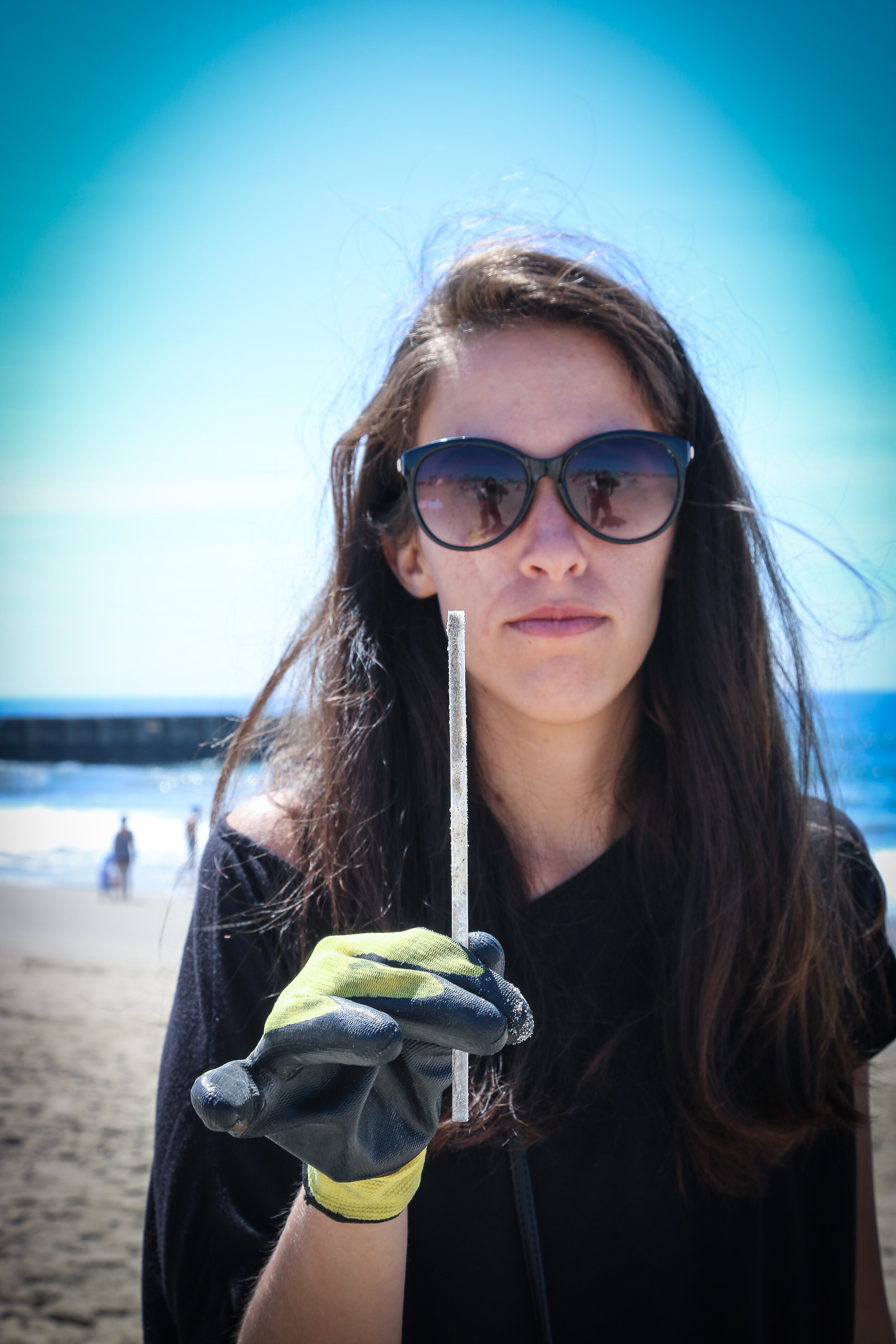
Long-lasting plastic keeps straws around long after they're used. In the environment, they are often mistaken by wildlife for food.















What are some "bad" plastic items and how have you removed these from your life? Comment below and let us know!
